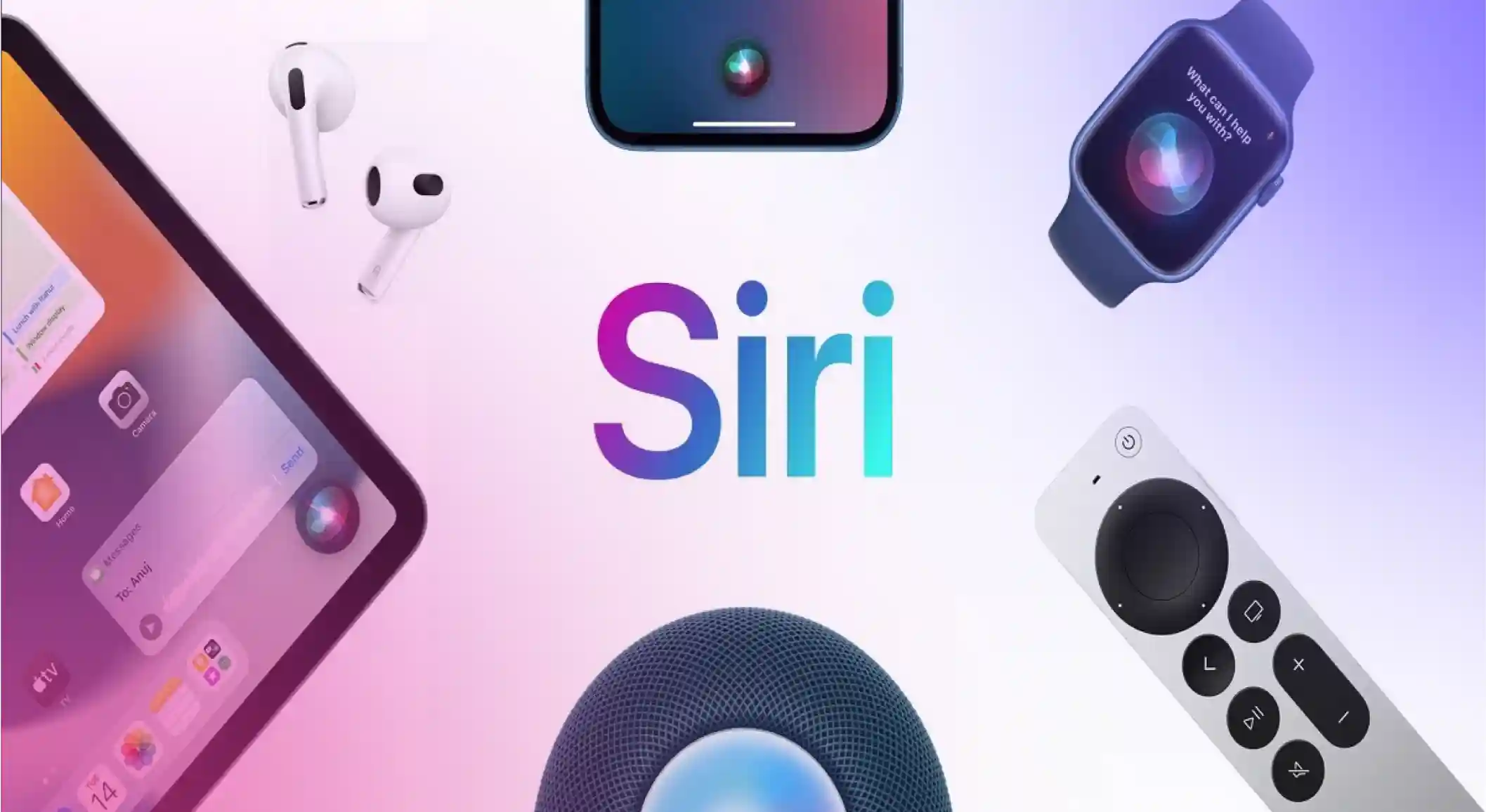Talk it vs. Alternatives: Which Text to Speech Solution is Right for You?

.svg)
Whether you’re looking to enhance your eLearning modules, create engaging marketing content, or simply streamline your audio production process, Talkit! text to speech platform promises to deliver a robust, user-friendly experience. Talkit! offers a standout solution for transforming written text into lifelike, natural-sounding speech. This blog will delve into the features that make Talkit! a compelling choice for users ranging from educators to marketers, exploring its advanced capabilities, ease of use, and how it compares to other TTS platforms.
What is Talkit! Text to Speech?
Talkit! started as a pioneer in the text to speech industry designed to transform the way children learn pronunciation. Available within the Microsoft Plus for Kids package released by Microsoft in 1997, Talkit! remains a hidden gem developed by SoftVoice and Microsoft. While it wasn’t released as a standalone program, its impact on language education is profound.
Why Look for An Alternative to Talkit! ?
In a globalized world where linguistic diversity is celebrated, Talkit’s limitation of languages positions it lower than other text to speech tools in the market. Moreover, Talkit! was created with a singular purpose teaching pronunciation, and as such, lacks the adaptability needed for broader text to speech applications.
Best Alternatives to Talkit! Text to Speech Technology
Here are some of the top alternatives to Talkit! text to speech:
Murf AI
Murf AI emerges as a dynamic alternative to Talkit! with its focus on unparalleled customization and versatility. Murf AI offers 130+ voices in multiple accents, allowing users to convert text to speech in the accent of their choice. With an intuitive interface, users can effortlessly adjust pitch, speed, and tone, creating a personalized auditory experience. What sets Murf apart is its commitment to inclusivity. Beyond English and Spanish, it supports 20+ languages, fostering a global approach to language learning and accessibility.
ElevenLabs
Unlike Talkit!, ElevenLabs recognizes that learning goes beyond pronunciation and introduces a multimodal approach. Users can follow along with synchronized text highlighting, reinforcing both visual and auditory learning modalities.
The key advantage of ElevenLabs lies in its adaptability for educational purposes beyond language pronunciation. Whether it’s elearning modules, audiobooks, or interactive lessons, ElevenLabs provides a comprehensive platform to create voiceovers for varied usecases.
Speechify
Speechify emerges as a leader in text to speech technology, particularly in enhancing accessibility. Its standout feature is the seamless transition between devices. Users can start listening on one device and effortlessly continue on another, ensuring a continuous and accessible learning experience.
Furthermore, Speechify’s AI voices go beyond the confines of traditional text input. It allows users to convert images, PDFs, and web pages into spoken voice. This versatility positions Speechify as a superior alternative, catering to a wider range of users compared to Talkit’s singular focus.
NaturalReader
Unlike Talkit!, which primarily targets a younger audience, Natural Reader caters to users of all ages with its diverse voices that mimic human speech patterns in various audio file formats. The key strength of this text to speech tool lies in its simplicity. NaturalReader ensures that even those unfamiliar with text to speech can effortlessly navigate and utilize its features. This user-centric design and customization options set it apart from Talkit! and position it as a preferred choice for those seeking an intuitive and accessible text to speech voice solution.
Google Text to Speech
Google text to speech surpasses Talkit! in terms of accuracy and naturalness. Google’s neural network-based approach ensures that the synthesized speech is not only fluent but also contextually aware, capturing the nuances of human communication.
Google TTS' standout feature is the continuous improvement driven by machine learning algorithms. The tool evolves with ongoing advancements in machine learning, ensuring a state of the art text to speech experience.
TTSReader
In contrast to Talkit's reliance on local resources, TTSReader leverages the power of the cloud, resulting in faster processing and seamless integration across devices.
The efficiency gains are evident in the swift conversion of written content to speech, providing users with a real-time, responsive experience. This cloud-centric approach to converting text sets TTS Reader apart, offering a level of speed and accessibility that outshines Talkit’s reliance on local processing.
Amazon Polly Text to Speech
Amazon Polly Text to Speech stands out by offering unparalleled scalability and multilingual support. While Talkit! may falter in handling a large volume of requests, Amazon Polly excels in processing vast amounts of text with minimal latency, making it ideal for applications requiring scalability.
Moreover, Amazon Polly supports an extensive range of languages, surpassing the language limitations of Talkit!. Its ability to seamlessly switch between languages, combined with a vast selection of voices, positions Amazon Polly as a superior choice for projects demanding scalability and linguistic diversity.
Resemble AI
Resemble AI redefines the boundaries of synthetic speech by offering hyper-realistic voice options generated through artificial intelligence. Unlike Talkit’s predefined personalities, Resemble AI allows users to create custom voices, producing an unparalleled level of personalization.
Its standout feature is the ability to clone voices and listen to them in real-time, enabling users to replicate specific tones or accents. This innovation sets Resemble AI apart, making it a go-to choice for those seeking to infuse a touch of uniqueness and authenticity into their synthesized speech, a level of customization beyond the reach of Talkit!.
Murf AI: A Pinnacle of Text to Speech Excellence
Unlike Talkit’s fixed set of personalities, Murf AI introduces customizations, allowing users to fine-tune the pitch, speed, emphasis, pause, pronunciation, and style of the voices to suit their unique preferences. In addition, there are 120+ voices with different styles like angry, happy, sad, excited and many more.
In addition, Murf offers voice changer, AI translation, and voice cloning features that make it a popular choice among the leading AI voice solutions. With the voice changer, for example, users can convert existing audio files to a studio-quality voiceover in minutes.
That said, Murf's intuitive interface simplifies the voiceover generation process. Users simply have to enter the text, choose an AI voice, and render! Within seconds, the text is converted to natural-sounding audio.
Summing Up
No doubt, Talkit! was a text to speech leader in its time. However, as we embrace the present and future, it prompts us to explore text to speech alternatives that transcend boundaries and cater to the evolving needs of users. Murf AI text to speech emerges as not just an alternative but a beacon guiding users toward a future where linguistic exploration knows no bounds. Try Murf for free today and see what makes it the best text to speech tool in the market.

Frequently Asked Questions
What is Talkit! text to speech?
.svg)
Talkit! text to speech is a tool developed by SoftVoice and Microsoft, primarily to assist children in learning word pronunciation.
Can Talkit! be purchased as a standalone program?
.svg)
No, Talkit! was never sold as a standalone program. It comes bundled with Microsoft Plus! for Kids, a package introduced by Microsoft in 1997.
How does Talkit! help children with pronunciation?
.svg)
Talkit! aids children in improving pronunciation by allowing them to experience text to speech technology via the keyboard. The text to speech program utilizes the computer’s speech synthesizer to pronounce the typed words.
What settings can be customized in Talkit!?
.svg)
In Talkit!, users can customize text to speech settings such as pitch (1 to 999), speed (1 to 500), pitch quality (Natural, Monotone, Sung), and vocal effort (Normal, Breathing, Whispering).
In how many languages can Talkit! speak?
.svg)
Talkit! is capable of speaking in two languages: English and Spanish.
Is Talkit! compatible with modern operating systems?
.svg)
Talkit! was designed in the late 1990s. As text to speech technology has evolved, Talkit! may face compatibility issues with modern operating systems in converting spoken words.











.svg)
.svg)

.svg)

.svg)


.svg)
.svg)
.svg)
.svg)
.svg)
.svg)
.svg)
.svg)
.svg)
.svg)
.svg)
.svg)
.svg)
.svg)








